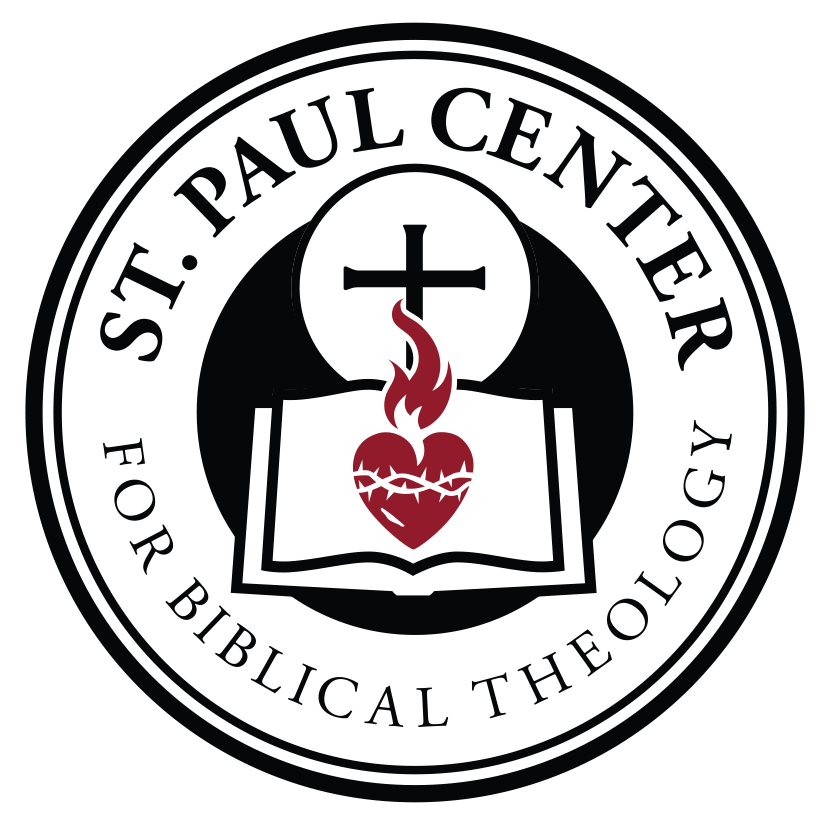Letter and Spirit Vol. 8: Promise and Fulfillment
/This volume features an all-star lineup tackling one of the oldest questions in Christian biblical scholarship — the relationship between the Old and New Testaments. Highlights include Hahn’s essay on the meaning of covenant in Hebrews 9 and Brant Pitre’s reading of the parable of the Royal Wedding Feast (Matt 22:1-14) against the backdrop of Jewish Scripture and tradition.
From the Editors’ introduction: "On the day of his resurrection, Jesus’ exposition to two of his disciples on the road to Emmaus (Luke 24:25–27, 32) and shortly afterwards to his eleven apostles and other disciples (Luke 24:44–47) included 'all the scriptures' 'beginning with Moses and all the prophets.' An idea implicit and underlying Jesus’ expositions in these two episodes is that a unity of purpose exists throughout the many diverse sacred books of the Old Testament. Jesus discerned there a story line, an orderly plan—a Divine economy—unfolding throughout history and expressed in the inspired record that would culminate in his own saving work. The idea of Typology is implicit and flows from this unified story—this Divine economy—that we find in the Bible. The scriptures encompass a single story, but it is composed of two parts: the Old Testament and the New….The other New Testament writers follow his example in applying 'all the scriptures' to the doctrine of the church and Christian moral, ascetical, and sacramental life. It is not merely, or even primarily, a correspondence of prediction and fulfillment. It is, rather, a pattern of analogy. What began in the Old Testament is fulfilled partially even within the Old Testament, but definitively in the New, in a way that is both restorative and transformative…This issue of Letter & Spirit seeks to explain and demonstrate the propriety and necessity of interpreting the Bible using the hermeneutics of the divine economy and typology."



